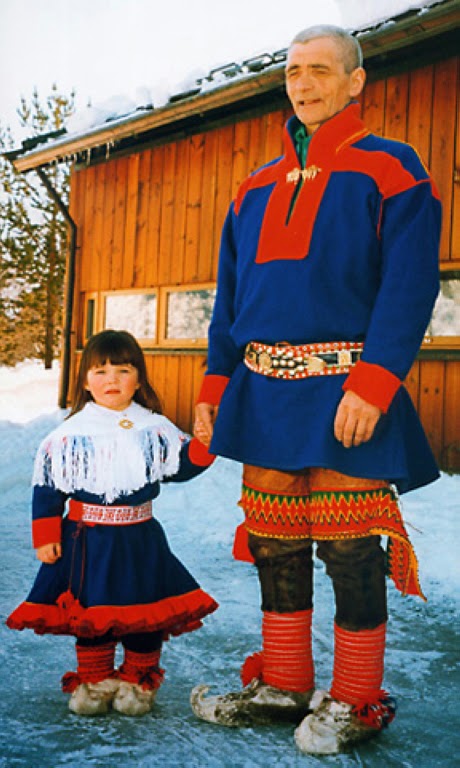Businesses are realizing the need for sustainability policies. I'd like to think they establish these out of personal convictions or out of the goodness of their hearts, but the fact remains that business is based on supply and demand. Maybe some of the pioneers had a ideological reason for establishing the first businesses with social and/or environmental policies, but the truth is that there now is financial gain to be found in this.
Consumers are clearly becoming preferential to products that have been produced in a sustainable manner. While the financial aspects such as pricing are still very important, we can see that there are very few companies are now lacking corporate social responsibility policies.
In Sweden I remember quite a few public scandals caused by companies that were behaving in an immoral way. In this example it was focused more on the social rather than the environmental aspects, but there are certainly examples of every sort in most countries. A big scandal in Sweden was related to the international clothes chain, H&M. Evidence of sweat shops and child workers was presented in the media. This occurred not at H&M but at their supplier, but the public did not care and put the full resposibility in the arms of the clothes chain. H&M have since put in great efforts to repair their image and have improved greatly. They are now the proud owners of a CSR policy called "Conscious".
While the business sector almost by definition is creasing our natural resources (how else can they create a supply to consumer demand?), there is a positive trend to try to rectify or even reverse this. However, we must be careful not to fa ll in the trap of labelling and marketing. We must have mechanisms in place to regulate this type of CSR branding to make sure it is more than just words.
Consumers are clearly becoming preferential to products that have been produced in a sustainable manner. While the financial aspects such as pricing are still very important, we can see that there are very few companies are now lacking corporate social responsibility policies.
In Sweden I remember quite a few public scandals caused by companies that were behaving in an immoral way. In this example it was focused more on the social rather than the environmental aspects, but there are certainly examples of every sort in most countries. A big scandal in Sweden was related to the international clothes chain, H&M. Evidence of sweat shops and child workers was presented in the media. This occurred not at H&M but at their supplier, but the public did not care and put the full resposibility in the arms of the clothes chain. H&M have since put in great efforts to repair their image and have improved greatly. They are now the proud owners of a CSR policy called "Conscious".
While the business sector almost by definition is creasing our natural resources (how else can they create a supply to consumer demand?), there is a positive trend to try to rectify or even reverse this. However, we must be careful not to fa ll in the trap of labelling and marketing. We must have mechanisms in place to regulate this type of CSR branding to make sure it is more than just words.

